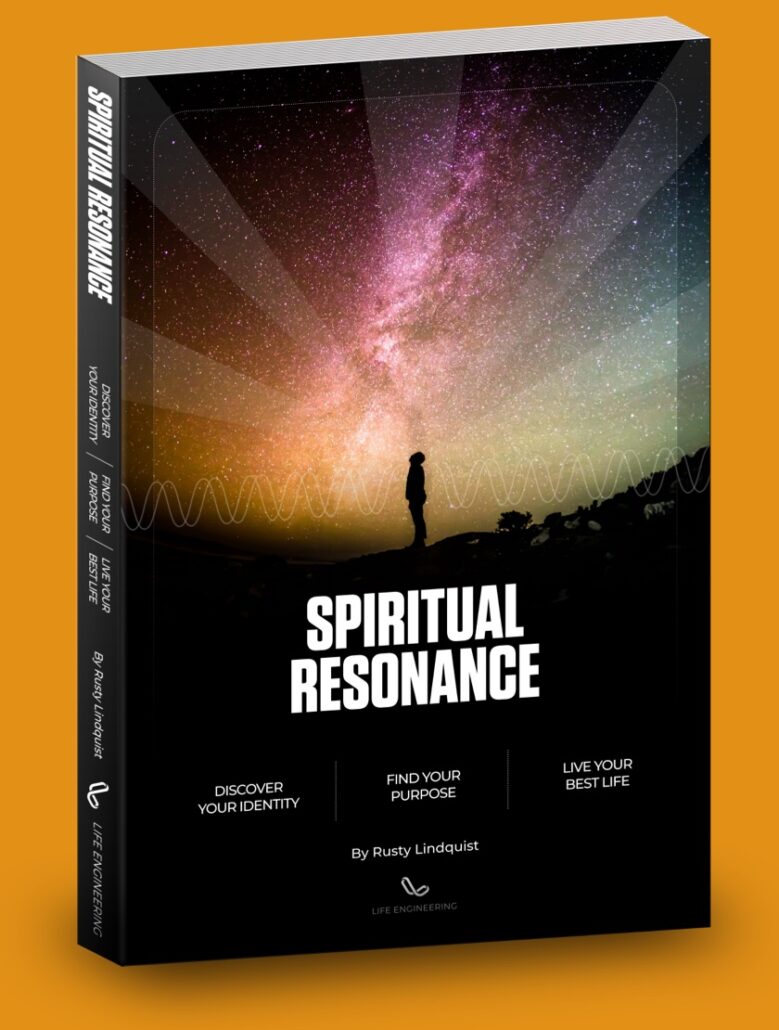Free Course: Alignment Staying on Course Free Course: Alignment From our 16 Elements series, and a part of the Act Pillar, Alignment …
THE TOUCHING STORY BEHIND RUDOLPH, THE REINDEER
articles
Bob May had always been different. Small, weak, and slight, he was regularly ridiculed, bullied, and made fun of. He spent his whole childhood like that.
Eventually he graduated from Dartmouth College in 1926 and married the love of his life, Evelyn. Together they had a beautiful daughter named Barbara.
Bob became a copywriter for Chicago-based Montgomery Ward. It was the Great Depression, and they led a modest, but meaningful life. Then everything changed.
Evelyn got cancer. She passed away just days before Christmas in 1938. Bob was 34; Barbara was only 4.
Pressed with grief and buried in medical bills, the father and daughter struggled with each passing day.
At work, Montgomery Ward had been purchasing and giving away coloring books each year for Christmas, and this year they decided to make their own to save money. They approached Bob May and asked him to write a story.
Bob thought of his own life—he had always felt different, like he couldn’t get ahead. He associated with the story of the ugly duckling. Drawing on these powerful emotions, but fueled by the belief in the hidden value within each of us, he wrote the story of a cast away, misfit reindeer.
Originally named Rollo, then Reginald, Bob finally settled on Rudolph. He tested it on his 4-year-old daughter, who loved it.
He submitted the story to his boss, who was worried about the red nose, fearing the association with drinking and drunkenness. But Bob believed in his vision, and took his friend Denver Gillen, who worked in Montgomery Ward’s art department, to the Lincoln Park Zoo to create a sketch of Rudolph based on a real reindeer.
The illustrations gave life to the story, and it was quickly approved for distribution.
Montgomery Ward distributed 2.4 million copies of their Rudolph booklet in 1939. In spite of wartime paper shortages, which curtailed printing over the next few years, they still printed 6 million copies by the end of 1946.
Post-war demand for licensing the Rudolph character was enormous, but while May was the creator, he held no copyright and received no royalties.
Finally, a major publisher approached Montgomery Ward wanting to purchase rights to print an updated version of the story. Knowing that May was deeply in debt from Evelyn’s medical bills, Montgomery Ward’s corporate president, Sewell Avery, turned the copyright over to May in January 1947 in an unprecedented gesture of generosity.
That year it was printed commercially, featured in theaters as a 9-minute cartoon, and gained huge popularity. May’s brother-in-law, songwriter Johnny Marks, wrote the lyrics and melody for a song based on the Character, titled “Rudolph the Red-nosed Reindeer.”
The song was originally turned down by Bing Crosby and Dinah Shore, but was finally recorded by Gene Autry and became a phenomenal success. It sold more records than any other Christmas song, with the exception of “White Christmas.”
Bob’s belief in the hidden value within us all became a reality that changed his life and impacted millions upon millions of people. His vision and belief had become a reality.
May you recognize the light within yourself, no matter how deeply hidden, and find a way to make it real.
Merry Christmas!
-Rusty
Share this
with someone who might need it
keep reading
The turkey effect How to learn who you are and live your best life raising turkeys People often wonder “who am I?”; …
HOT HANDS HOW identity POWERS PEAK PERSONAL PERFORMANCE HOT HANDS There’s a well-known phenomenon in sports called “Hot Hands.” It’s the idea …
Know Thyself The Key to Unlocking Your Full Potential Know thyself Nestled deeply on the slopes of Mount Parnassus in Greece is …
Employee satisfaction is closely tied to performance. When satisfaction levels rise, productivity, customer service, and profits tend to rise too. Employee turnover slows down and it becomes easier to recruit new talent. See how your team, leadership, and shareholders can benefit from a company culture that emphasizes employee satisfaction.
If you want your customers to be happy, you need to think about employee satisfaction. When employees like their workplaces, they are more effective at their jobs and provide better customer service. Learn more about the link between the employee and customer experience and how to measure employee satisfaction.








Responses